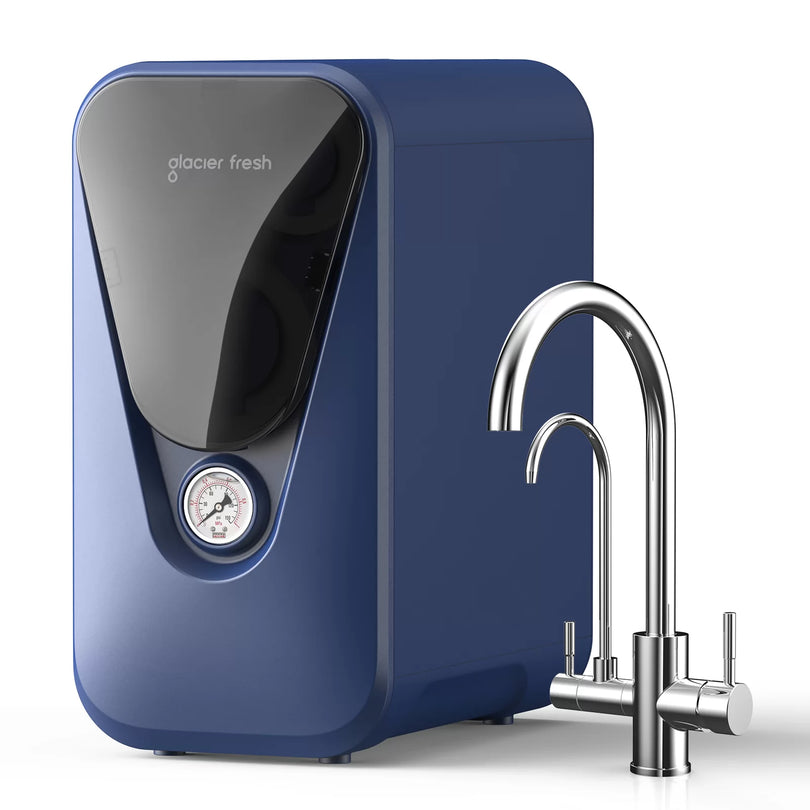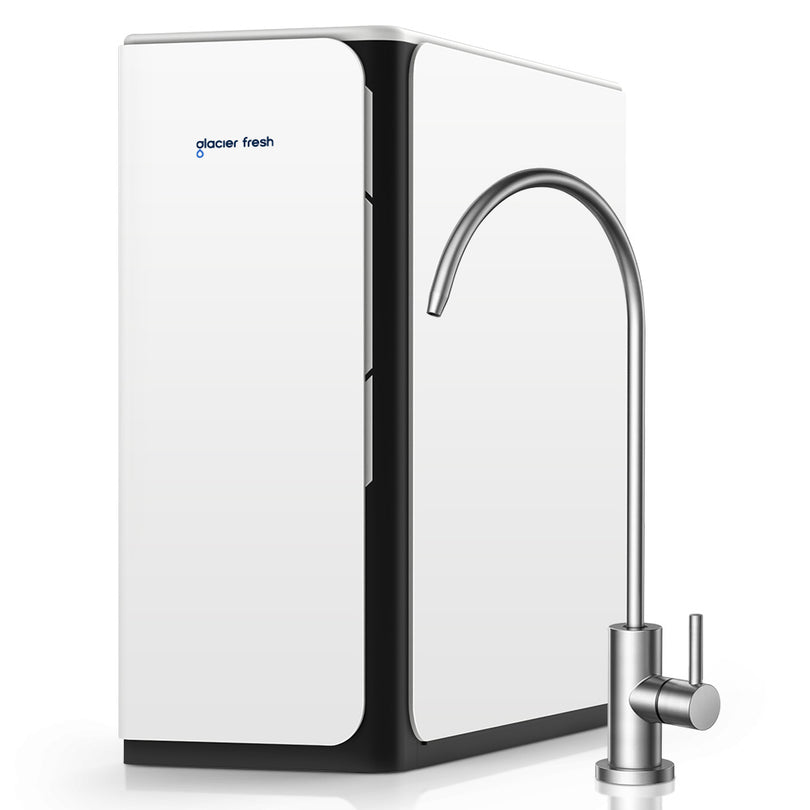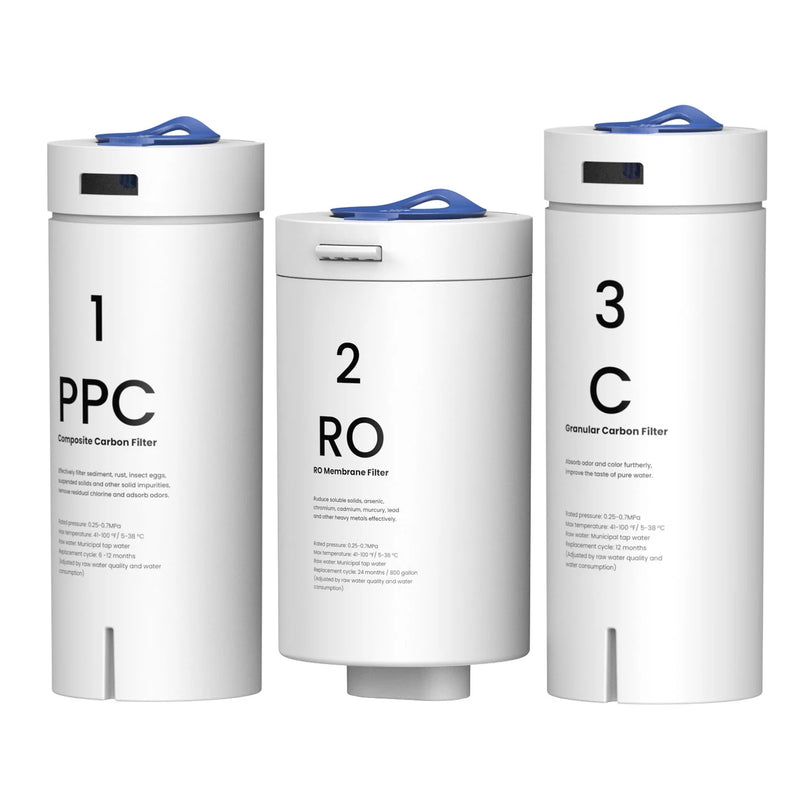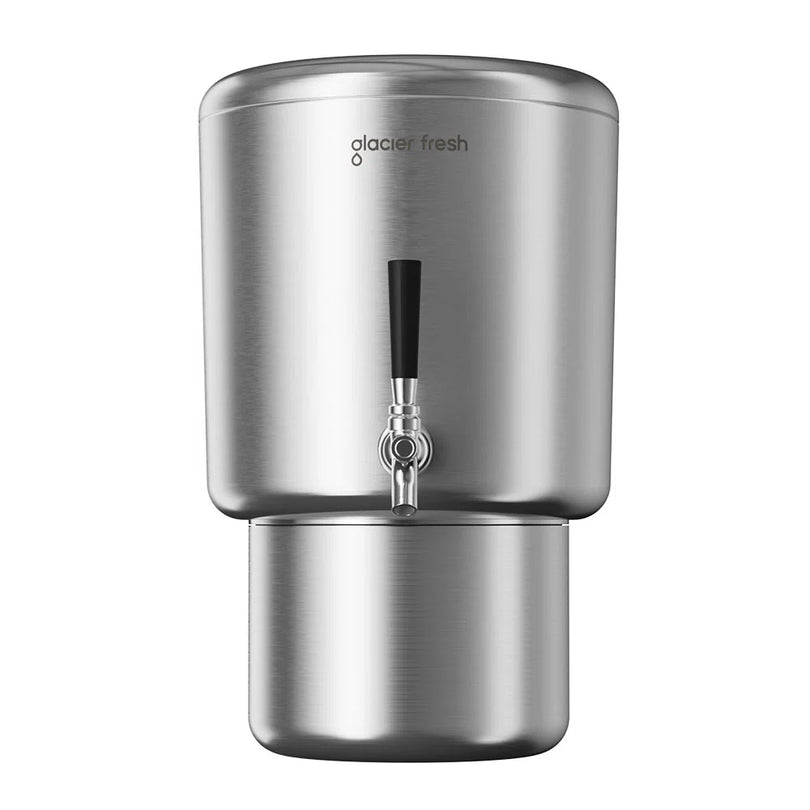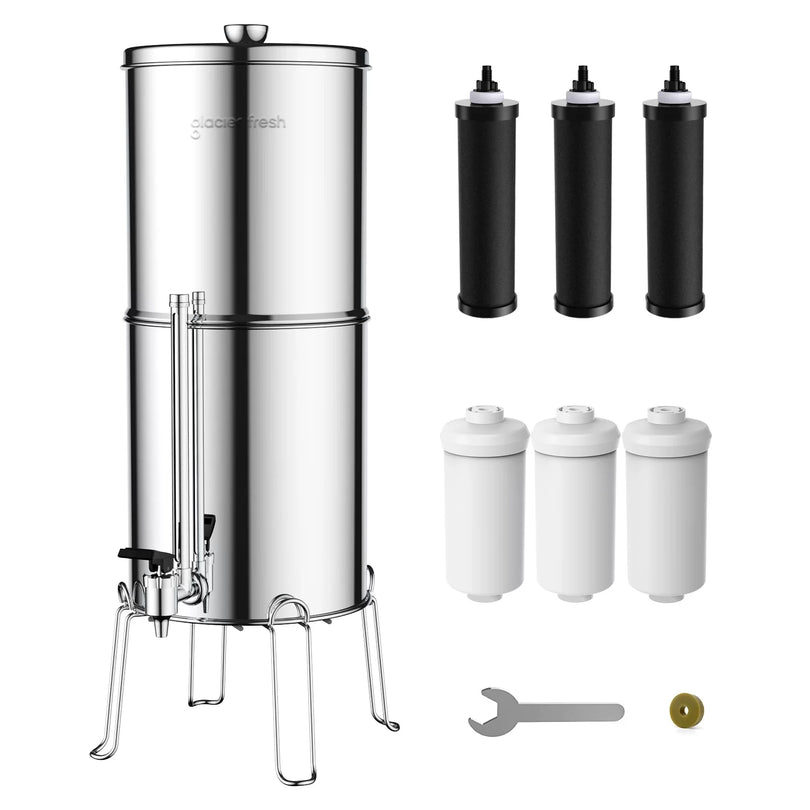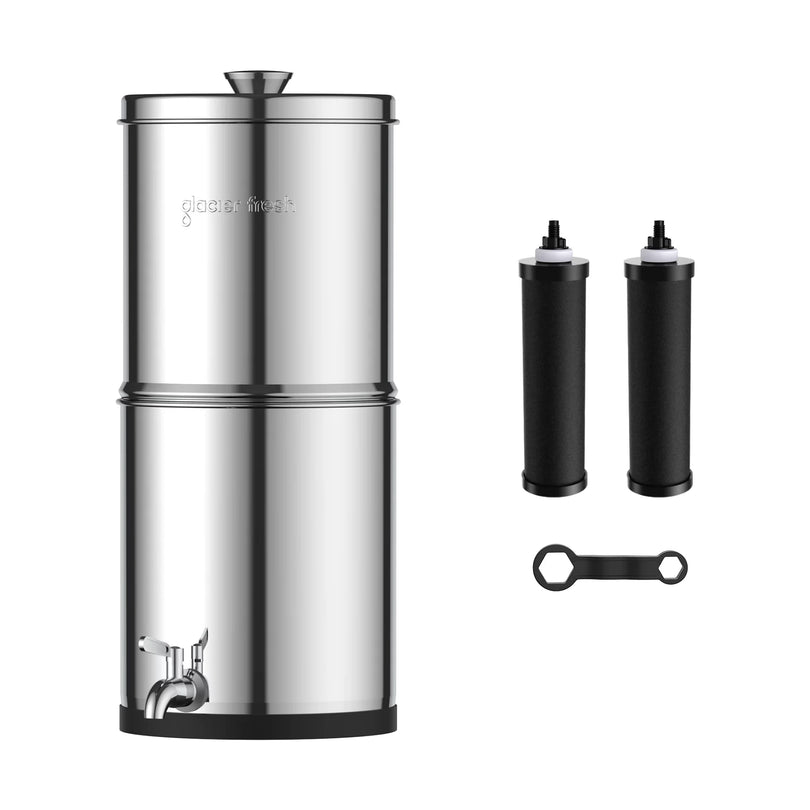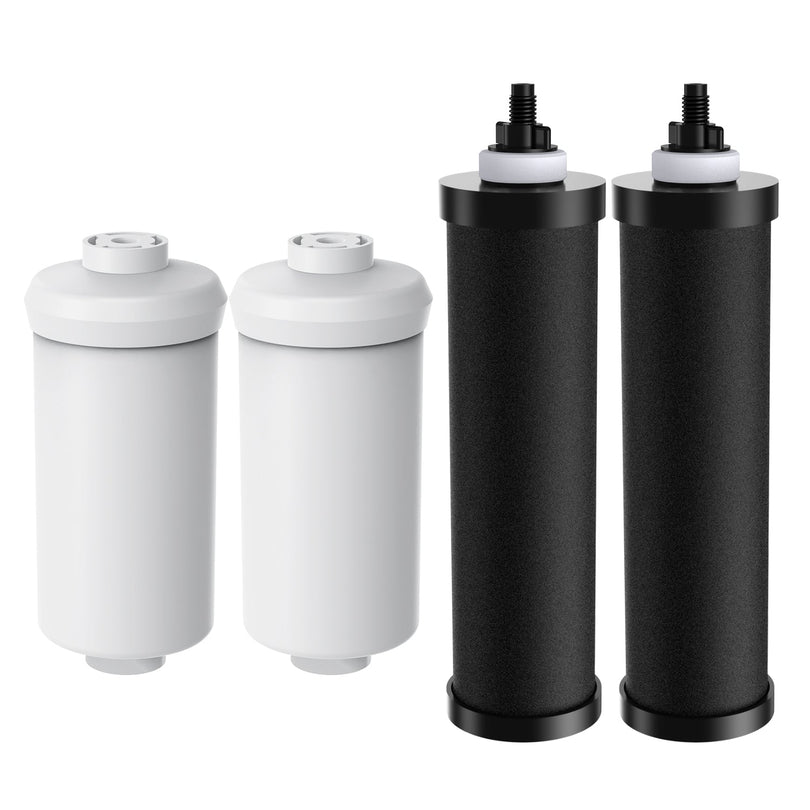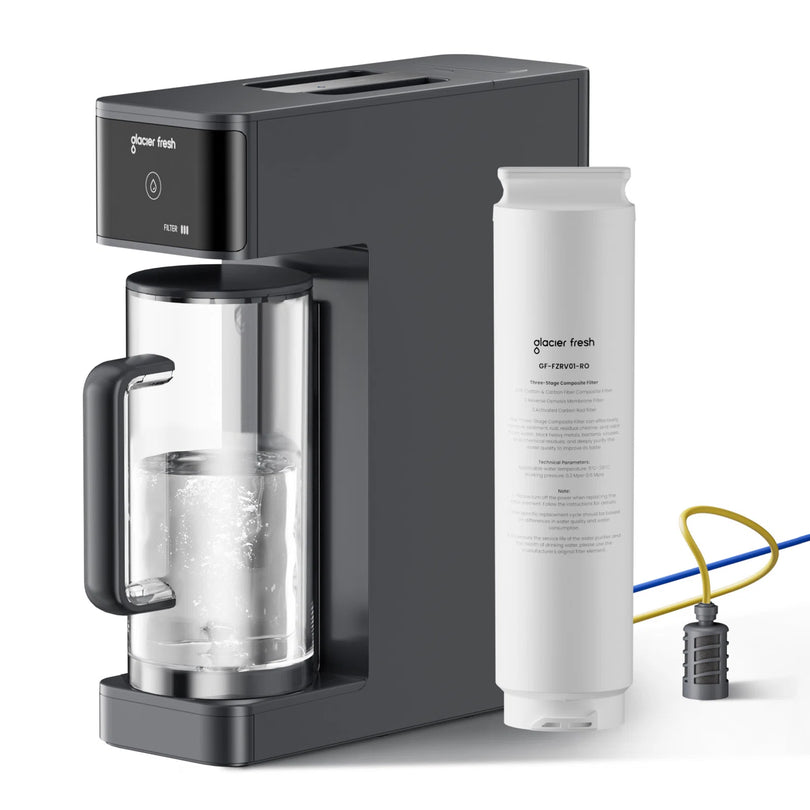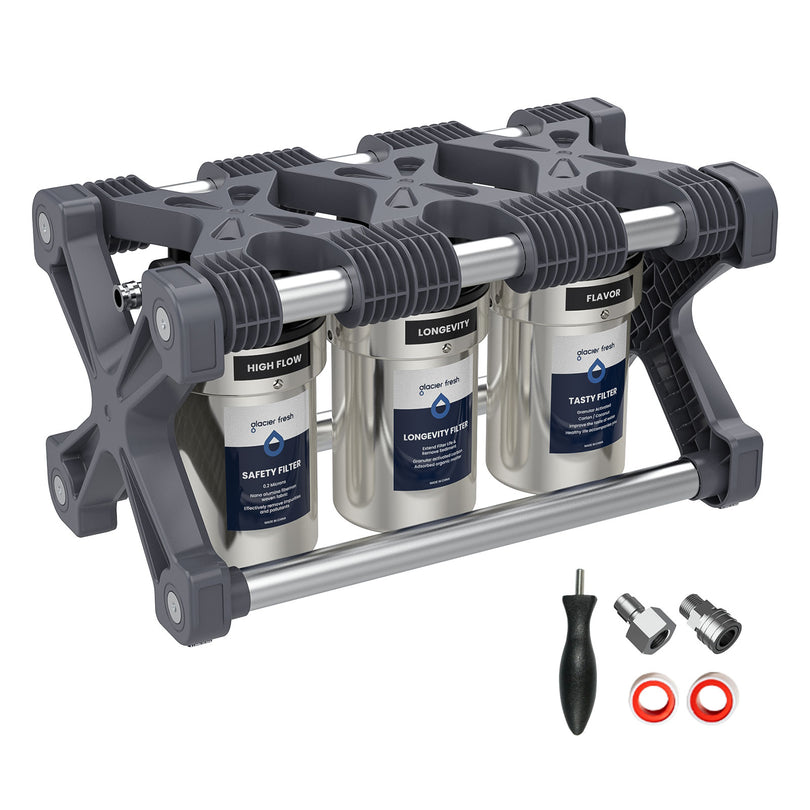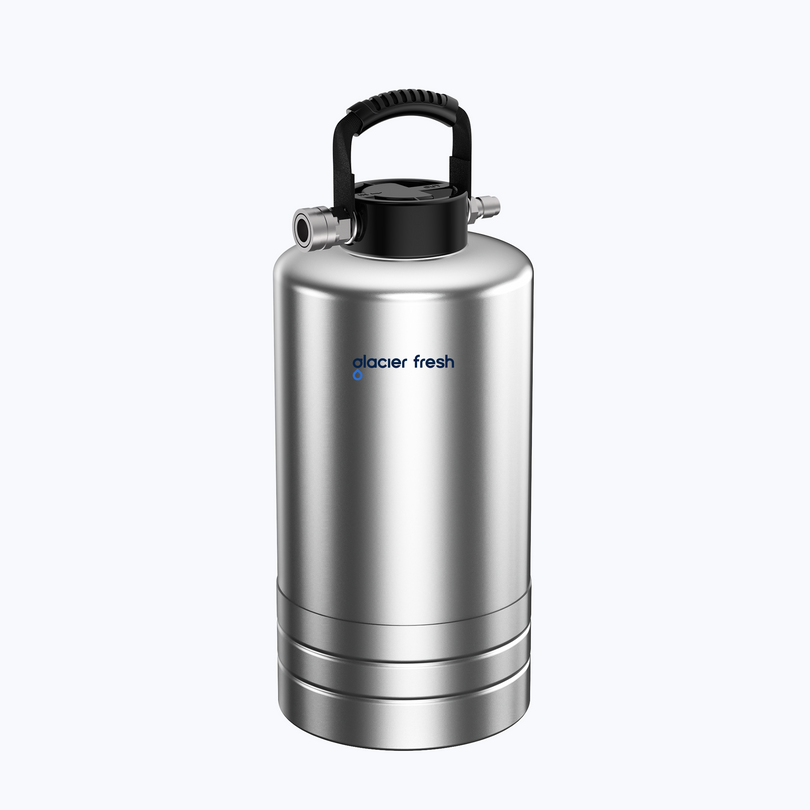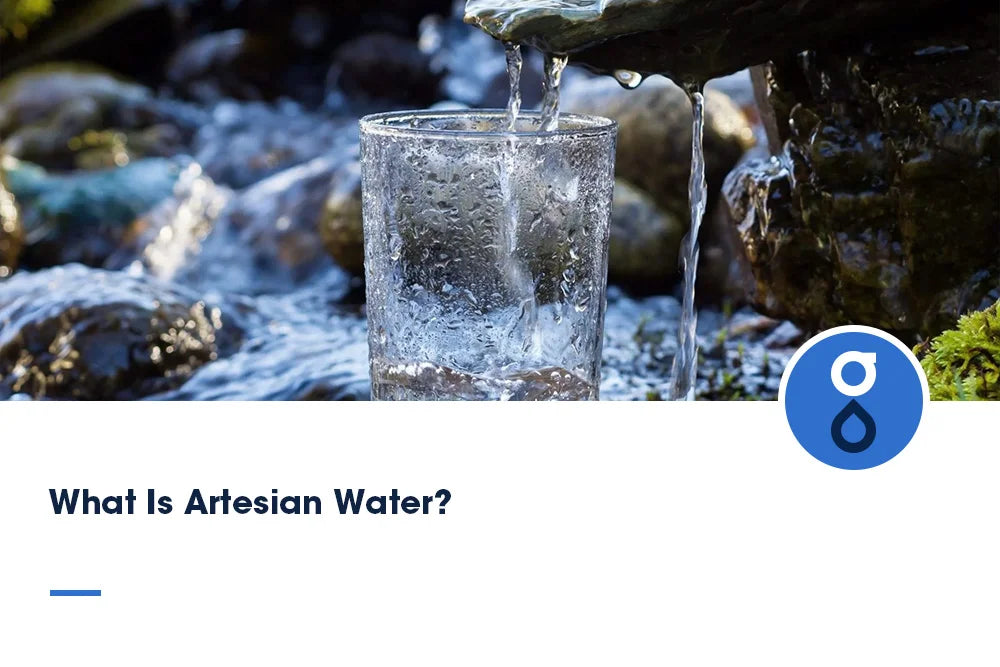Table of Contents:
What causes cloudy water?
How to identify the root cause of cloudy water?
Effective measures to try for homeowners
Long-term prevention tips for cloudy water
When cloudy water signals a bigger issue
FAQs
Conclusion
Have you ever turned on the tap only to find that your glass of water looks milky or cloudy? It's a common but unsettling sight. For many homeowners, cloudy water sparks concern—not only about the taste and appearance of their drinking water but also about their family’s health and the safety of household appliances. The good news? Most causes of cloudy water are identifiable and treatable.
In this blog, we’ll walk you through what causes cloudy water, how to pinpoint the issue in your own home, and the most effective steps to take. Whether you're a first-time homeowner or simply looking to upgrade your water safety practices, this guide is your starting point for crystal-clear results.
What causes cloudy water?

Cloudy water, also known as “turbid water,” is typically caused by one of the following factors:
- Air bubbles: The most harmless cause. Water under high pressure (like in municipal pipes) traps tiny air bubbles. When it’s released from the tap, those bubbles can give the water a cloudy or white appearance.
- Sediment and particles: Silt, sand, or rust particles from corroding pipes or local construction can enter your water supply.
- Hard water minerals: High levels of calcium and magnesium can cause water to appear cloudy, especially when heated.
- Microbial contamination: In rare but serious cases, cloudiness may result from bacteria or other microorganisms, particularly in private wells.
- Water main disturbances: Repairs or flushing of the water system can temporarily stir up sediment.
Understanding the root cause is critical—because while some causes are benign, others may signal larger health or plumbing risks.
How to identify the root cause of cloudy water?
To get clear answers, try the following diagnostic steps:
- Let it sit: Fill a clear glass with the cloudy water and let it rest for a few minutes. If the cloudiness rises to the top and disappears, it's likely just air bubbles.
- Check for sediment: If particles settle at the bottom, sediment may be present.
- Run both hot and cold water: If only hot water is cloudy, it could indicate mineral buildup in your water heater.
- Smell and taste: Odors like rotten eggs in water or metallic tastes could signal bacteria or corrosion.
- Contact your water utility: They can provide water quality reports and notify you of local disturbances.
- Test your water: Use at-home water testing kits or hire a professional to check for turbidity, hardness, bacteria, and other contaminants.
Effective measures to try for homeowners
Depending on what’s causing your cloudy water, here are some practical solutions:
1. Install a whole house sediment filter
If you notice visible particles or sediment in your water, installing a whole-house sediment filter is a smart first step. These filters catch sand, rust, and silt before they reach your faucet.
2. Use a certified water filtration system
Products like the Glacier Fresh Under Sink Reverse Osmosis System offer multi-stage filtration, removing up to 99% of contaminants including sediment, chlorine, heavy metals, and even microbial threats. NSF-certified systems provide peace of mind.
3. Flush your pipes
Occasionally cloudy water is caused by stagnation. Run your faucets for several minutes, especially if you’ve returned from a vacation or if construction recently occurred nearby.
4. Water softener for hard water
If you live in a hard water area, a water softener system can reduce calcium and magnesium levels, preventing mineral cloudiness and scaling in appliances.
5. Disinfect well water
If you use a private well and suspect microbial contamination, consider shocking your well with chlorine or installing a UV sterilization system.
6. Clean or replace your water heater
Over time, sediment can build up inside your water heater, leading to cloudy hot water. Periodic flushing or replacement may be necessary.
Long-term prevention tips for cloudy water
Here’s how to keep your water crystal clear in the long run:
- Regularly replace water filters: Follow the manufacturer’s schedule to change out filters on pitchers, under-sink systems, or whole-house units.
- Annual water testing: Especially for private wells, yearly water tests help you catch issues early.
- Monitor local water quality reports: Public utilities must issue annual Consumer Confidence Reports (CCRs). Reviewing these can alert you to potential concerns.
- Maintain plumbing fixtures: Rusty or aging pipes can cause discolored or turbid water. Consider plumbing upgrades if your home is older.
- Choose quality water filters: Glacier Fresh filters are designed for performance, affordability, and long-term protection from common contaminants.
When cloudy water signals a bigger issue
Cloudy water isn’t always a minor inconvenience. In some cases, it may indicate:
- Pipe corrosion: Leading to copper or lead leaching.
- Bacterial contamination: Particularly dangerous for children, elderly, or immunocompromised individuals.
- Municipal water failures: Large-scale contamination events like the ones seen in Flint, Michigan have made it clear that public systems can fail.
If your water remains cloudy for more than 24–48 hours, has a foul smell, or causes any health symptoms (like gastrointestinal issues), it’s time to stop drinking it and get it tested immediately.
FAQs
Is cloudy water always unsafe to drink?
Not always. Air bubbles and minerals like calcium are generally harmless. However, sediment, metals, or bacteria can pose health risks. When in doubt, test your water.
Can cloudy water damage appliances?
Yes. Sediment and hard water can clog or reduce the lifespan of dishwashers, washing machines, and water heaters by causing scale buildup or wear and tear.
Does boiling cloudy water make it safe?
Boiling kills bacteria but does not remove sediment, heavy metals, or chemical contaminants. It’s a temporary solution, not a fix.
Conclusion
Cloudy water can be a nuisance—or a warning sign. The key is knowing how to identify the root cause and act accordingly. With the right tools and preventative measures, you can ensure your family’s water is clean, clear, and safe.
At Glacier Fresh, we understand how vital water quality is to your well-being. That’s why we provide trusted, NSF-certified water filtration systems that empower homeowners to take control of their water. Whether you’re filtering out sediment, neutralizing hard minerals, or safeguarding against contaminants, we’re here to help you see your water clearly—literally and figuratively.
Explore our water filtration solutions at Glacier Fresh and take the first step toward a safer, healthier home.

